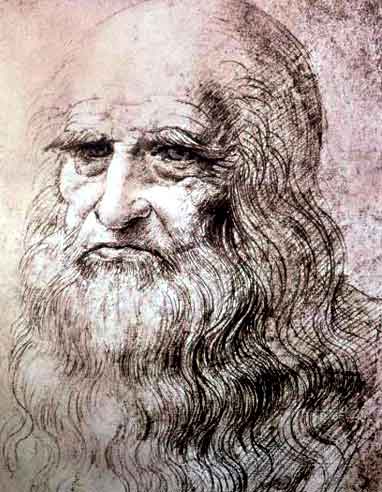Water has served as the subject and stimulus for many different types of art such as painting, music, and literature and, in several instances, has provided the main subject of the artist’s studies.
Water has been represented in many different ways, sometimes as a symbol or in a stylized form; at other times efforts were made to capture the realistic nature of water, as was the case during the Renaissance in late 15th-century western art.
Often, art has served water cults, contributing images that personify both the physical and metaphysical aspects of water and numerous water divinities.

Some artists were interested in water itself. One of these was Leonardo da Vinci, who was fascinated by water and studied it both as an artist/scientist and as a hydrological engineer. Others attempted to illustrate the qualities water conveyed literally, metaphorically, symbolically, or allegorically in mythology, religion, and folklore.
Leonardo da Vinci described water as ‘the vehicle of nature’ (‘vetturale di natura’), believing water to be to the world what blood is to our bodies. He was also terrified by water’s destructive capacity, having witnessed great storms, and conducted numerous studies of the motion of water. Leonardo also studied water to learn to control it. Throughout his life, Leonardo was obsessed with a fear of a great water cataclysm. In his drawings and in his writings he describes terrible floods and inundations and great storms.
The Water Lilies series, begun by Claude Monet in 1897, attests to his obsession during the last years of his life with the reflection and refraction of light upon the surface of water. In a letter to a friend dated 1908, the artist wrote that ‘the water landscapes and reflections have become an obsession. I am an old man and it is beyond my strength but I still want to succeed in depicting what I feel…’
For David Hockney, depicting substances which are transparent and keep changing to the eye, such as water, (‘because it can be anything – it can be any colour, it’s movable, it has no set visual description’) has been a recurring source of fascination and an extremely attractive challenge.
The gurgling of a stream, the thunderous crashing of waterfalls and the quick dripping of a spring thaw – this blend of sound is nature’s music. There have been many songs written about water but one can only imagine the even greater number of compositions which have been influenced by the various intonations of moving water. Perhaps this is due to our instinctive human reactions to the sounds of water. Water ballads can range from the powerful crashing of waves and waterfalls to the playful meandering of a flowing stream; both extremes can be inspirational, one because of its force and the other because of its gentleness.
Information from:
the Water and Culture section of the UNESCO’s ‘Sound of our Water project’ website
Water and the Canadian Identity website () and ‘Reflections on Hockney’s work’
a university thesis by Pierre Saint-Jean.
Source: UNESCO Water Portal, February 2006

